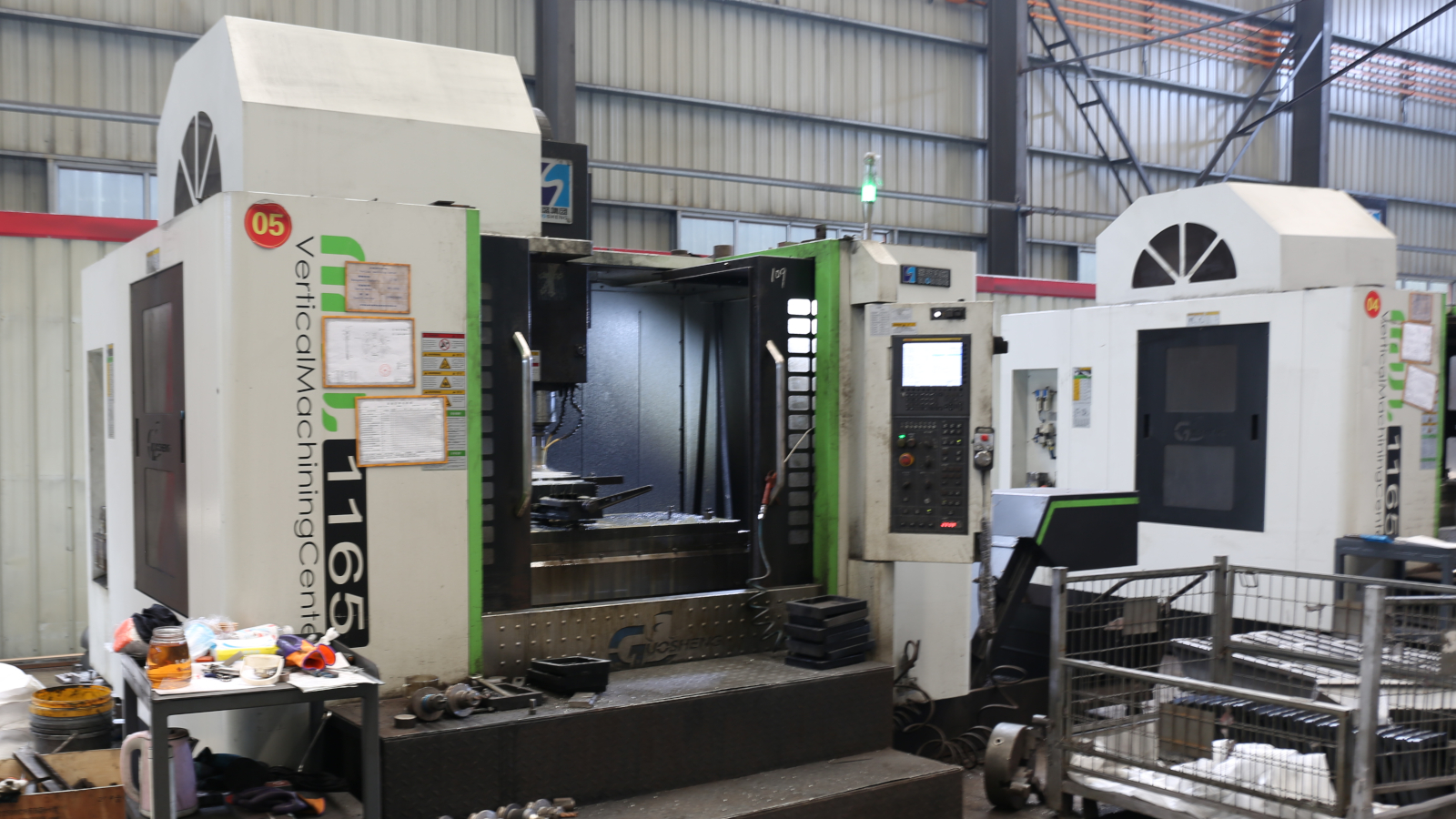Milling is a fundamental machining process used across a wide range of industries to shape and finish parts with high precision. Whether you’re producing a complex metal component or a simple flat surface, milling is one of the most effective ways to achieve accuracy and repeatability. In this article, we’ll break down what milling is, how the process works, the types of milling operations and machines, and where it’s used in modern manufacturing.
What Is Milling?
Milling is a subtractive manufacturing process where a rotating cutting tool removes material from a stationary or moving workpiece. This process is most commonly performed on a milling machine, which holds and rotates the tool while the workpiece is fixed on a table. The tool removes material in small chips, allowing manufacturers to create precise dimensions, flat surfaces, slots, holes, and complex 3D contours.
Unlike turning—where the workpiece rotates—milling involves the rotation of the cutting tool, offering greater flexibility and the ability to handle irregular shapes.

How the Milling Process Works
The milling process begins by securing the workpiece on a platform called the machine table. The cutting tool, which spins at high speeds, is mounted on a spindle. As the tool rotates, it cuts into the workpiece to remove excess material and shape it to the desired form. Depending on the machine’s design, either the workpiece or the cutting tool—or both—may move along multiple axes (typically X, Y, and Z).
Milling can be used for both roughing (removing large volumes of material quickly) and finishing (producing smooth, accurate surfaces). The specific cutting path and depth are usually programmed in advance, especially in CNC milling, which allows for greater precision and repeatability.
Types of Milling Operations
There are several milling operations used depending on the part design and desired outcome. Face milling, for instance, involves cutting with the end of the tool to produce flat surfaces. Peripheral or slab milling uses the side of the cutter to remove material along the length of the workpiece.
Slot milling creates grooves or slots in the material, while chamfer milling is used to cut beveled edges. For more complex surfaces, contour milling follows curved paths. Modern CNC milling machines can also perform drilling, boring, and threading, allowing for multiple processes in one setup.
Types of Milling Machines
Milling machines come in various configurations. The two most common types are vertical and horizontal.
In vertical milling machines, the spindle holding the cutting tool is oriented vertically. This type is widely used for smaller parts and precision work. Horizontal milling machines have a spindle aligned horizontally, making them better suited for heavy-duty tasks and larger components.
CNC milling machines, which are computer-controlled, have revolutionized the industry by allowing for fully automated, highly accurate machining. These machines can handle complex geometries and are ideal for producing high volumes of parts with consistent quality.

Applications of Milling
Milling is used across numerous industries due to its versatility and precision. In the automotive sector, it’s essential for manufacturing engine components, gear housings, and brake parts. Aerospace manufacturers use milling to produce structural parts, brackets, and turbine components that require tight tolerances and reliability.
In electronics, milling is used for making enclosures, connectors, and heat sinks. The construction industry relies on milled metal parts for infrastructure, machinery, and architectural elements. Additionally, the medical field benefits from milling in the production of surgical tools, orthopedic implants, and prosthetics.
Why Milling Is Important in Manufacturing
The importance of milling lies in its ability to produce parts that meet exacting standards. It allows for great flexibility in material choice, including metals like aluminum, steel, and titanium, as well as plastics and composites. The process is highly scalable, making it suitable for both prototyping and mass production.
Moreover, advancements in CNC milling technology have significantly improved productivity and reduced lead times, making it a cost-effective solution for manufacturers seeking quality and efficiency.
Milling is a core manufacturing process that shapes the modern world—literally. From precision automotive parts to aerospace components and consumer electronics, milling enables the production of high-quality parts with tight tolerances and complex geometries.
Understanding how milling works, the types of operations involved, and its applications can help you make informed decisions when sourcing machined parts or investing in machining technology. Whether you’re a manufacturer, engineer, or product designer, milling remains a powerful and indispensable tool in today’s industrial landscape.



